OSINT Methods for Image Investigations
 Reza Rashidi
Reza Rashidi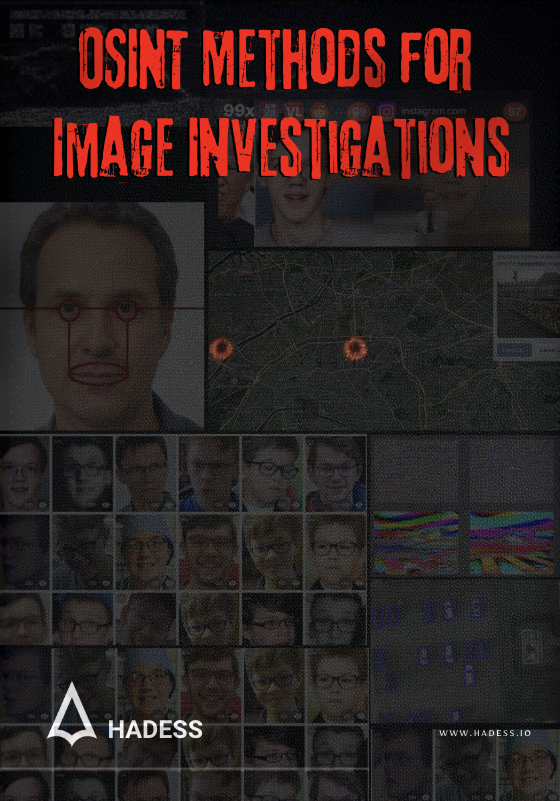
Open-Source Intelligence (OSINT) methods offer a variety of techniques for locating and gathering information from images. One common approach is metadata analysis, which involves extracting hidden data embedded within the image file, such as GPS coordinates, device information, and timestamps. This can be done using tools like ExifTool, which reveals detailed metadata that may include the location where the photo was taken. However, metadata can be stripped or altered, so it’s not always reliable. Another method is reverse image searching, using engines like Google Images or TinEye to trace the image back to its original source or find similar images that can provide context about the location or content of the image.
Another effective OSINT technique is geolocation analysis, where visual clues within the image, such as landmarks, street signs, or natural features, are used to pinpoint the location. This technique can be enhanced by cross-referencing the visual data with maps or satellite imagery from services like Google Earth. Additionally, social media platforms often contain valuable data when images are shared, including user comments, hashtags, or location tags that can help in identifying the image’s origin. These methods, when combined, allow for a comprehensive analysis that can reveal the location, context, and history of an image, even in cases where direct metadata is unavailable.
picarta
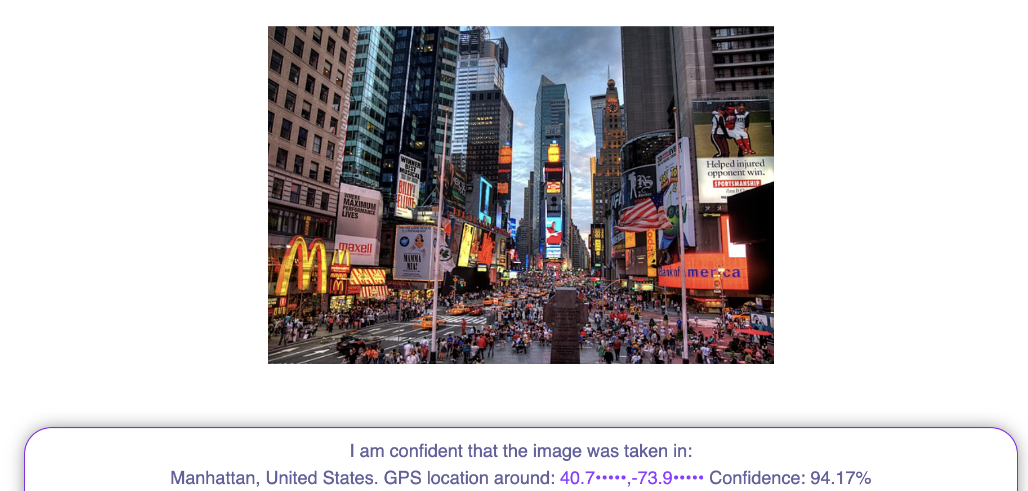
Picarta.ai is a powerful tool designed for conducting image location investigations using advanced machine learning and geospatial analysis techniques. By leveraging a combination of artificial intelligence (AI) and open-source data, Picarta.ai helps users identify the location of an image even when traditional methods like metadata analysis fall short. The platform excels in geolocation by analyzing visual elements within an image—such as architecture, vegetation, road patterns, and terrain features—and comparing them against a vast database of geotagged images and map data.
One of the standout features of Picarta.ai is its ability to match unknown images to specific locations by recognizing and processing these environmental details. Users can upload an image to the platform, and Picarta.ai will use its deep learning algorithms to scan for similar landscapes, buildings, or other distinguishing features. It then correlates this information with known locations, offering possible matches or pinpointing the exact place where the image was taken. This makes Picarta.ai particularly useful for journalists, investigators, and researchers who need to verify the authenticity and origin of images in their work.
link: Picarta.ai
face8
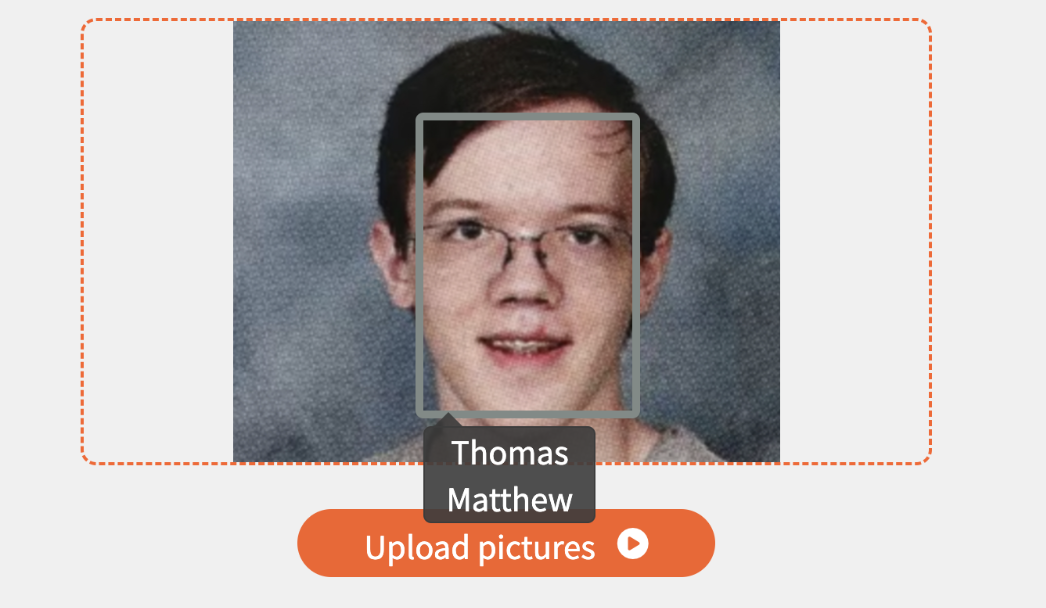
FaceMaster by Face8.ai is an advanced tool designed for face detection and similar image investigation, making it a valuable resource for identifying individuals and uncovering related images across various platforms. The platform utilizes state-of-the-art facial recognition algorithms to analyze and compare facial features within images. By uploading a photo, users can leverage FaceMaster to detect faces and search for other images containing the same or similar faces across the web, databases, or within a specific collection of images.
This capability is particularly useful in investigative contexts where identifying a person and tracking their digital footprint is crucial. For instance, law enforcement agencies, security professionals, and researchers can use FaceMaster to locate images of a person in different contexts or find related images that may provide additional information about their activities, locations, or associations. The tool’s ability to recognize and match facial features with high accuracy, even across varying angles, lighting conditions, and image quality, makes it a powerful asset in both criminal investigations and open-source intelligence (OSINT) operations.
stolencamerafinder
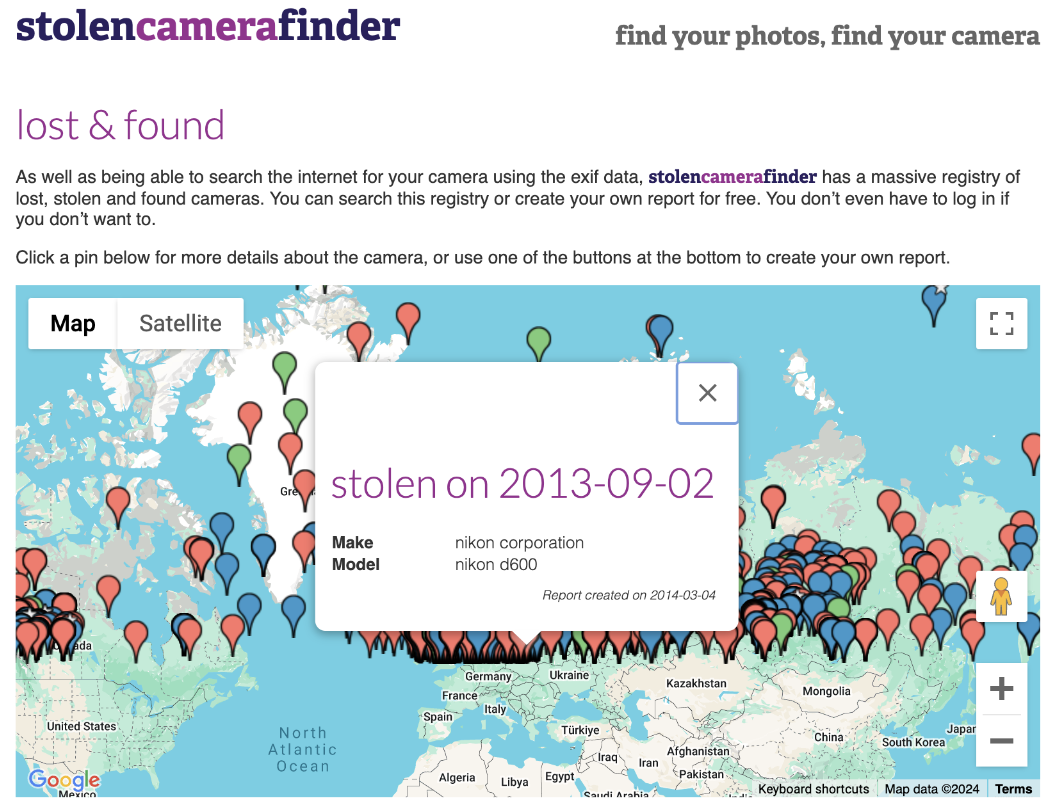
StolenCameraFinder.com is a specialized tool that aids in the investigation of stolen cameras by tracking images taken with the missing device through metadata analysis. This platform works by extracting unique information from the metadata embedded in images, specifically the serial number of the camera, which is often stored in the EXIF (Exchangeable Image File Format) data of photographs. When a camera is stolen, any subsequent images taken with that camera will contain the same serial number in their metadata.
Users can utilize StolenCameraFinder.com by uploading an image taken with their stolen camera or entering the camera's serial number directly. The platform then scans the web for images that share this serial number, potentially identifying photos taken by the stolen device. If matches are found, users can follow up with the site or the image owner to gather more information and possibly locate the camera. This tool is particularly useful for photographers and law enforcement agencies who are tracking down stolen equipment, offering a unique way to recover valuable devices by harnessing the often-overlooked data stored within images.
Depix
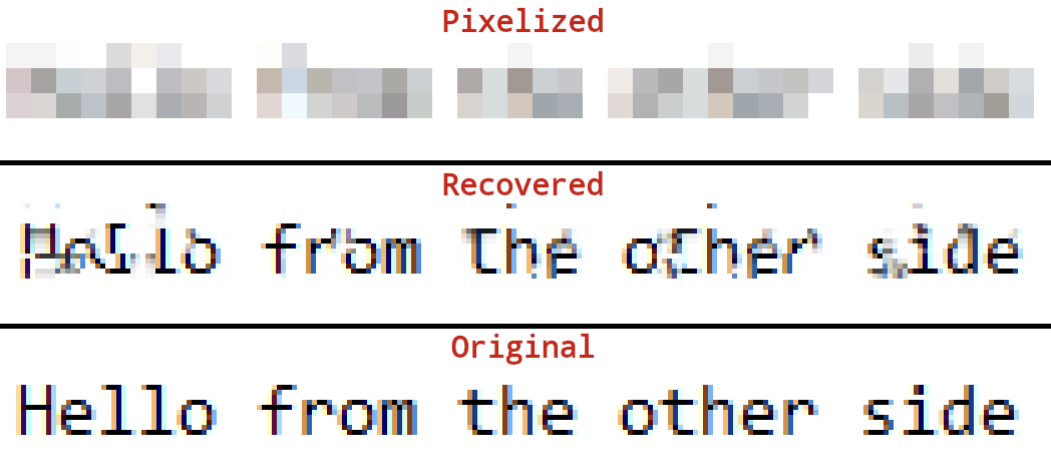
Depix is an innovative proof-of-concept tool designed to recover plaintext from pixelized screenshots, particularly those obscured using a linear box filter. This technique leverages the predictable nature of pixelization, where blocks of pixels in a screenshot are averaged to create a blurred or pixelated effect intended to obscure the original text. By using Depix, one can reverse this process under specific conditions, effectively revealing the original plaintext that was pixelated. The tool requires a search image, typically created by generating a De Bruijn sequence with expected characters and matching font settings, to compare against the pixelated blocks and identify corresponding plaintext.
To utilize Depix, users must carefully prepare the inputs. First, they need to extract the pixelated blocks from the image and create a corresponding search image with the same font and text size. Depix then compares the pixelized blocks to the search image, looking for matches by checking the similarity of pixel blocks. The algorithm is designed to handle blocks individually, identifying correct matches by comparing geometric relationships between blocks and then averaging the results where multiple matches exist. Despite its power, Depix has limitations, such as requiring precise font and text size matching and struggling with images that have undergone additional compression. However, when used under the right conditions, Depix is an effective tool for recovering sensitive information that was thought to be safely obscured by pixelization.
https://github.com/spipm/Depix
copyseeker
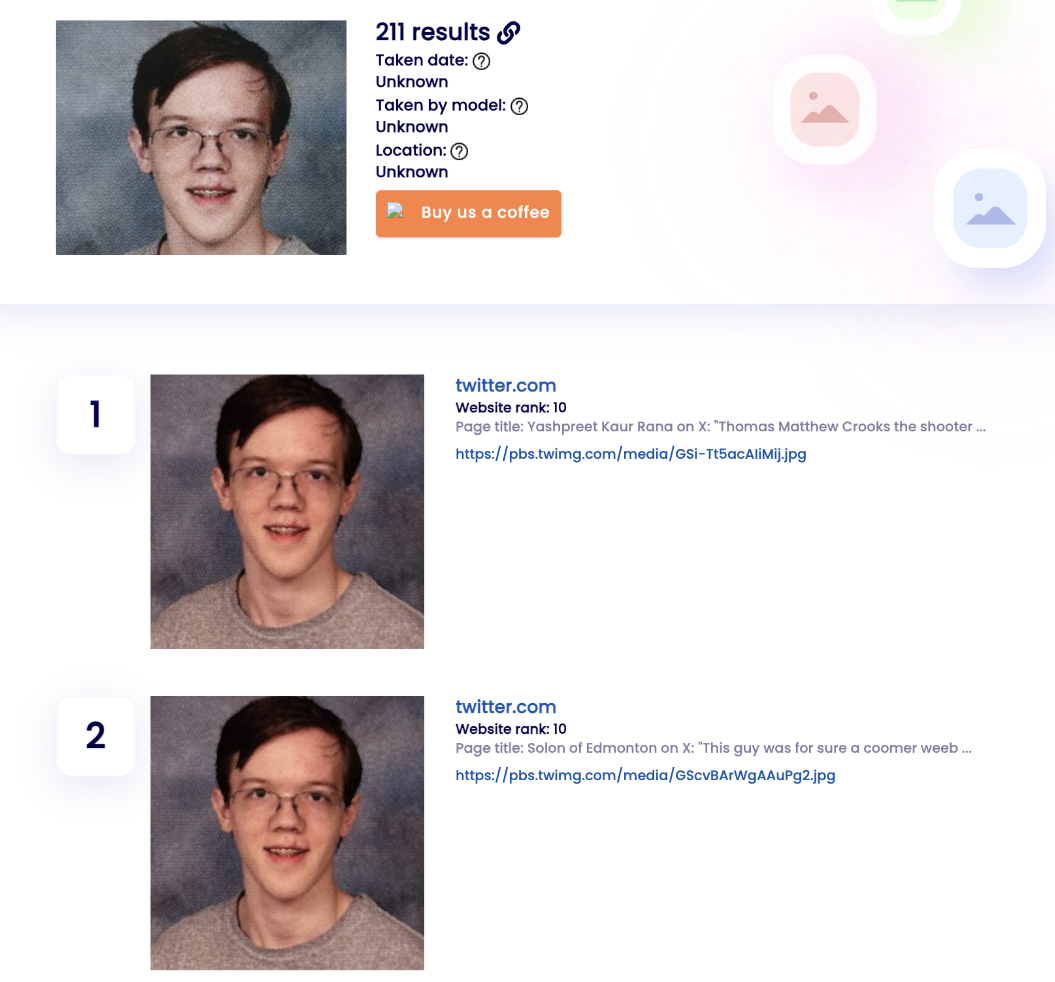
CopySeeker.net is a tool designed for advanced face detection and image search, offering a robust solution for identifying individuals and finding related images across the internet. By utilizing sophisticated facial recognition technology, CopySeeker.net allows users to upload a photo and search for other instances where the same or similar faces appear online. This tool is particularly useful in scenarios where identifying a person across multiple images is essential, such as in investigative journalism, security operations, or intellectual property protection.
The platform works by analyzing the unique facial features in the uploaded image and matching these features against a vast database of images available online. This process involves sophisticated algorithms that can account for variations in lighting, angle, and even minor changes in appearance, making CopySeeker.net a powerful tool for accurate face detection. Once the analysis is complete, the tool provides a list of potential matches, which can be used to trace the individual's online presence, verify identities, or uncover additional information connected to the face in question. CopySeeker.net’s ability to handle complex image searches makes it an invaluable resource for anyone needing to perform in-depth face detection and analysis.
geospy
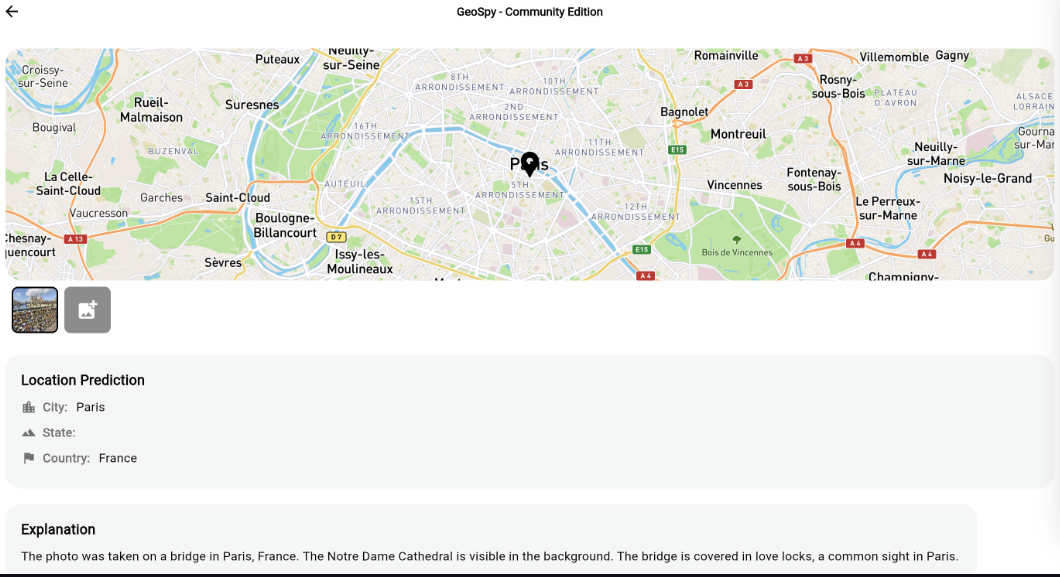
GeoSpy is an online tool designed for detecting and pinpointing the location of images by analyzing visual cues and geospatial data. This platform is particularly useful for investigators, journalists, and researchers who need to determine where a specific photo was taken, especially when direct metadata or location information is unavailable. GeoSpy leverages a combination of machine learning, pattern recognition, and extensive geographic databases to match elements within an image to potential locations around the world.
Users can upload an image to GeoSpy, which then analyzes various visual elements such as landmarks, terrain, vegetation, architectural styles, and even the position of the sun or shadows. By comparing these features against its extensive database of geotagged images and maps, GeoSpy can suggest possible locations where the image might have been captured. This process is enhanced by the tool's ability to recognize subtle geographical details that might not be immediately apparent to the human eye. GeoSpy provides a powerful means of conducting geolocation investigations, offering insights and location hypotheses that can be crucial for confirming the origins of an image or tracking down its exact location.
yandex and other search engine
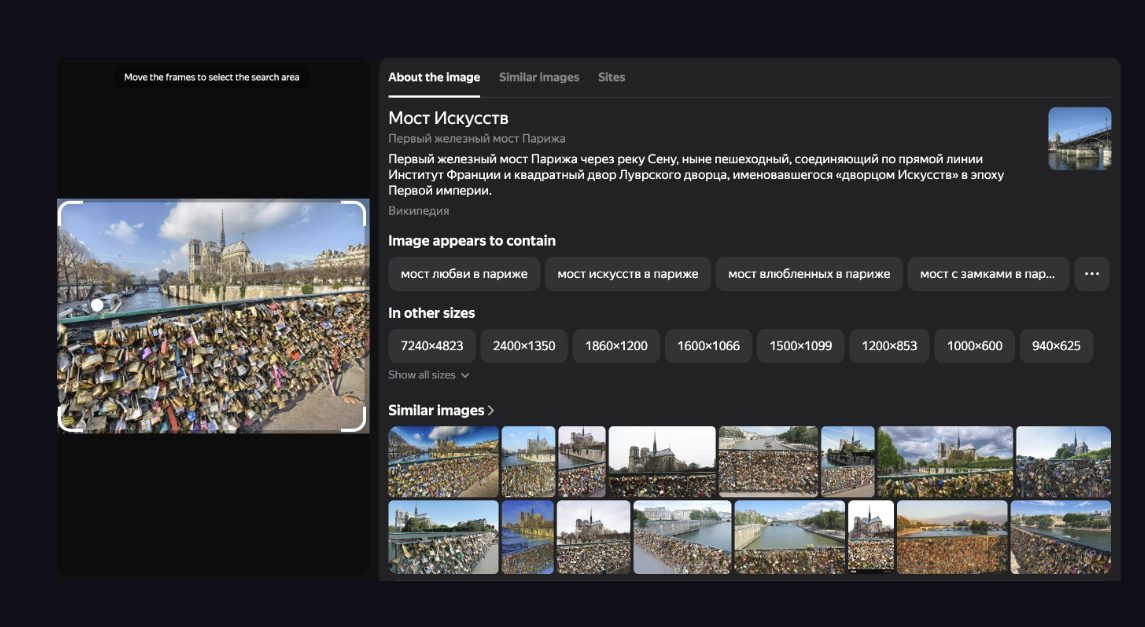
Image location detection using reverse image search tools like Yandex Images, Google Reverse Image Search, and Bing Reverse Image Search involves tracing the origin and context of an image by finding similar images or identifying objects, landmarks, and scenes within the picture. These tools are particularly useful when you need to determine where a photo was taken or gather additional context about the image.
Yandex Images is known for its advanced image recognition capabilities, especially in identifying specific locations, landscapes, and architectural features. When you upload an image to Yandex, it compares the visual data with its vast database, often providing highly accurate location matches, particularly for images featuring distinct landmarks or recognizable outdoor scenes. Yandex’s strength lies in its ability to recognize fine details that might be missed by other search engines, making it a valuable tool for geolocation tasks.
Google Reverse Image Search is widely used for identifying the source of an image and finding visually similar images across the web. While its primary function is to trace the origin of an image, Google’s search algorithm is adept at identifying famous landmarks, buildings, and common scenes, which can help in determining the location of an image. By analyzing the results, users can often piece together the location based on the context provided by similar images or through related search results that Google returns.
Bing Reverse Image Search operates similarly, allowing users to upload an image and search for visually similar content online. Bing’s service is particularly useful for identifying well-known locations and objects, and it often provides additional context such as related web pages and image metadata. This can help in narrowing down the location of a photo, especially when combined with the platform’s ability to identify related text or descriptions associated with the images.
tineye
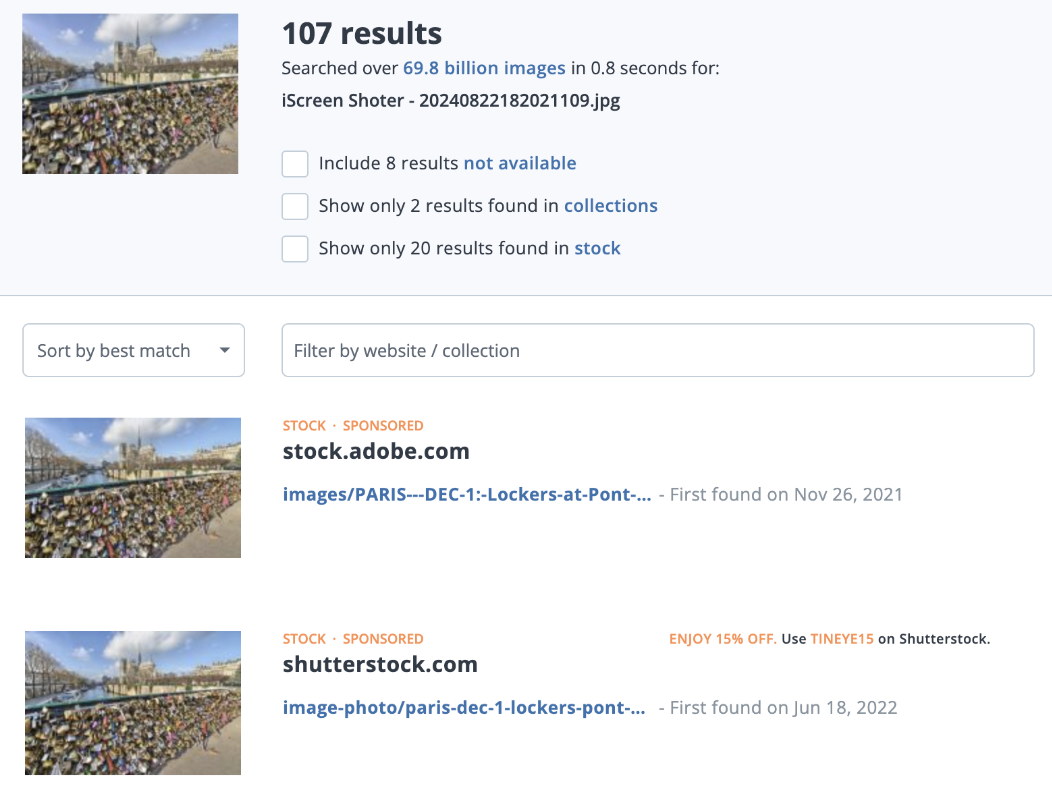
TinEye.com is a specialized reverse image search engine that helps users detect the location or origin of an image by finding where it appears on the web. Unlike general search engines, TinEye is specifically designed to track down the original source of an image, making it a valuable tool for image location detection and verifying the authenticity of a photo.
When a user uploads an image to TinEye, the platform scans its extensive database to find exact matches or visually similar images. TinEye’s unique approach focuses on finding the earliest appearance of an image, which can provide clues about its origin, including the possible location where it was taken. Although TinEye is not primarily designed for geolocation, it excels at tracing images back to their first known instance online, which can often lead to discovering the location by examining the context or related information found on the original source's website. This makes TinEye an essential tool for investigators, photographers, and researchers needing to confirm the provenance of an image or track down additional details linked to its location.
pimeyes
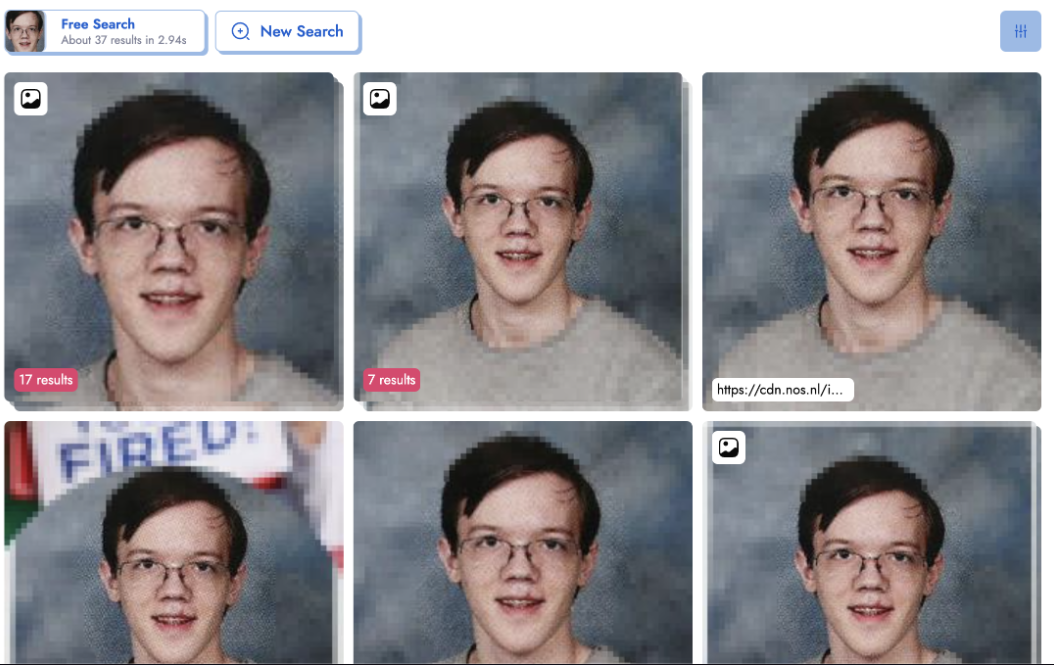
PimEyes.com is a powerful online facial recognition tool that specializes in finding similar faces across the internet. By utilizing advanced facial recognition algorithms, PimEyes allows users to upload a photo and search for instances of the same or similar faces in publicly accessible images online. This tool is particularly useful for identifying where a particular face has appeared, whether in social media, news articles, or other online platforms.
When a user uploads an image to PimEyes, the platform analyzes the facial features within the photo and compares them to its extensive database of images. It then provides a list of potential matches, displaying images with similar faces, along with the sources where they were found. PimEyes is highly effective at recognizing faces even under varying conditions, such as changes in lighting, angle, or age, making it a valuable resource for individuals seeking to track their online presence, verify identities, or investigate the use of their image without consent. The ability to locate where a face has been published can offer insights into an individual’s digital footprint and help in protecting privacy or conducting thorough online research.
AmIReal
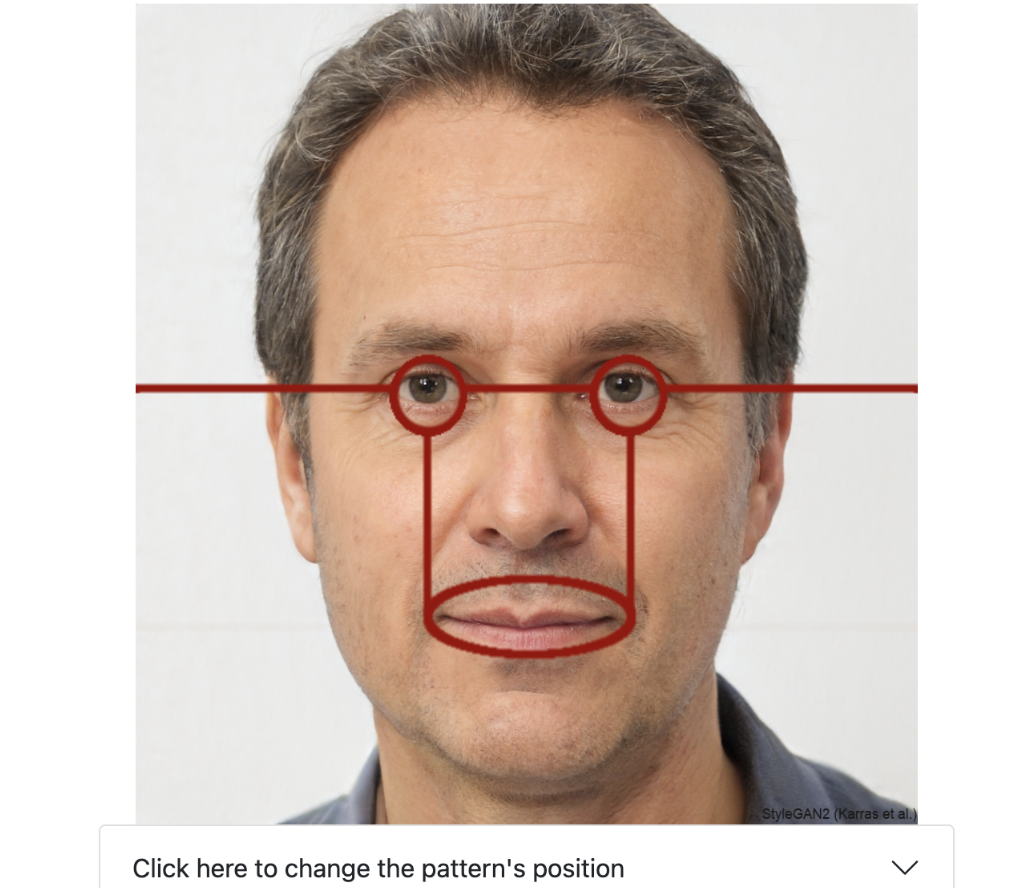
AmIReal, available at https://seintpl.github.io/AmIReal/, is a tool designed to determine whether a face in an image is genuine or synthetic, helping users distinguish between real human faces and those generated by artificial intelligence. This tool is particularly useful in the context of verifying the authenticity of images, detecting deepfakes, or identifying AI-generated faces.
When a user uploads a photo to AmIReal, the platform uses advanced algorithms to analyze the facial features and assess whether the face is real or generated. The tool checks for various indicators of synthetic imagery, such as inconsistencies in facial structure, texture anomalies, or signs of digital manipulation. AmIReal is equipped to handle images with subtle distortions or artifacts that might indicate a face has been artificially created or altered.
This service is valuable for anyone concerned with verifying the authenticity of images in contexts like social media, online profiles, or digital content. By providing a clear assessment of whether a face is real or not, AmIReal helps users make informed decisions about the reliability and source of visual content, ensuring greater transparency and accuracy in digital interactions.
fotoforensics
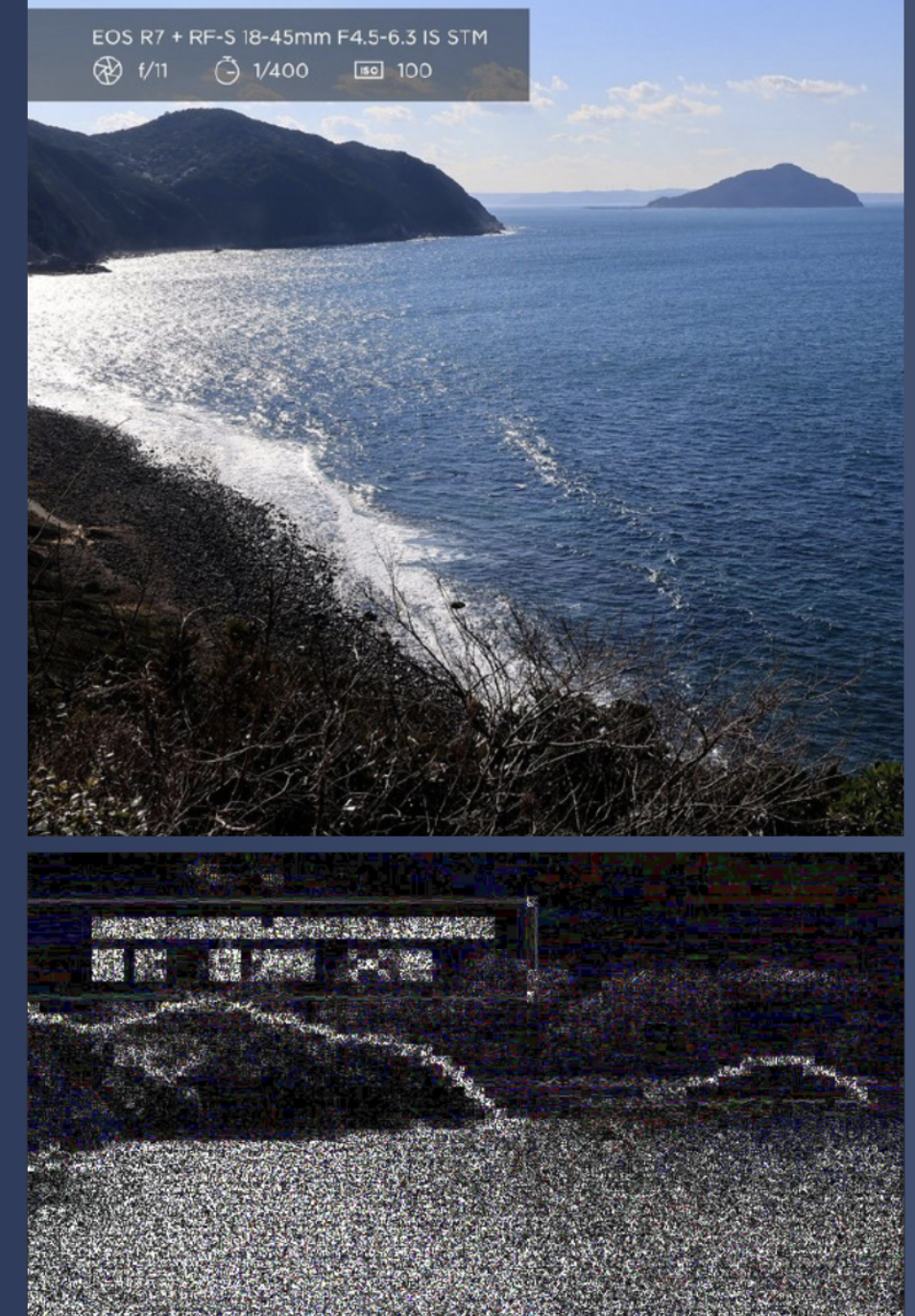
FotoForensics, accessible at https://fotoforensics.com/, is a powerful tool for analyzing and detecting image edits by examining the underlying data and metadata of digital photos. Designed for forensic analysis, FotoForensics helps users assess whether an image has been altered or manipulated, making it a valuable resource for verifying the authenticity of visual content.
The platform operates by examining various aspects of an image, including its metadata, which can reveal information about the camera settings, editing software used, and timestamps. FotoForensics also performs Error Level Analysis (ELA), a technique that highlights areas of an image where alterations may have occurred. By comparing the error levels between different parts of the image, the tool can indicate regions where edits, such as cropping or retouching, might have been applied.
FotoForensics is particularly useful for journalists, researchers, and investigators who need to authenticate images or uncover potential fabrications. By providing detailed insights into the integrity of an image, the tool helps users make informed judgments about the reliability of visual evidence and ensures that digital content maintains its credibility.
extract.pics
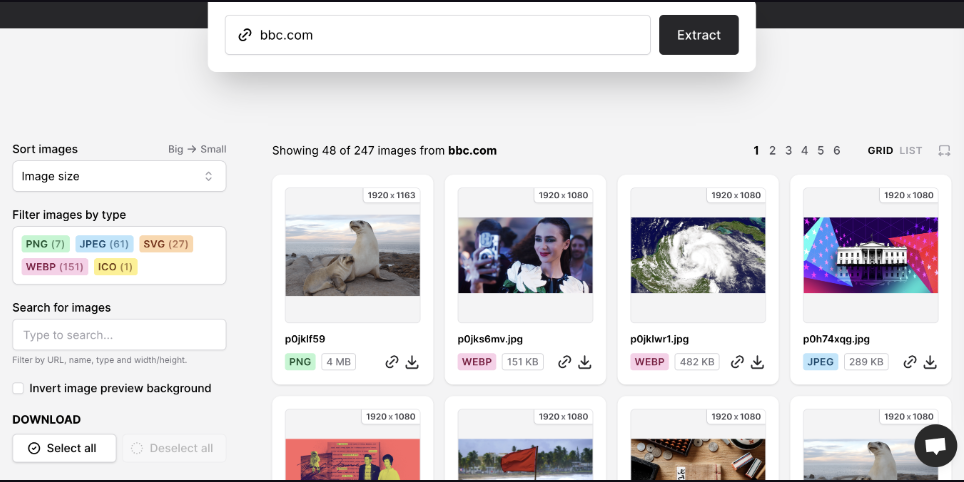
Extract.pics, available at https://extract.pics/, is a user-friendly tool designed to facilitate the extraction of images from websites. This platform is particularly useful for users who need to gather visual content from web pages for research, documentation, or personal use.
To use Extract.pics, users simply need to input the URL of the website from which they want to extract images. The tool then processes the webpage, identifying and retrieving all images embedded within it. Users can view and download these images in various resolutions, depending on their needs. Extract.pics supports multiple image formats and provides an easy-to-navigate interface, making it straightforward to locate and save the desired images.
This tool is beneficial for a range of applications, from academic research that requires collecting images for analysis to creative projects where specific visuals are needed. By streamlining the process of image extraction, Extract.pics helps users efficiently gather and manage visual content from the web without needing to manually save each image individually.
facecheck
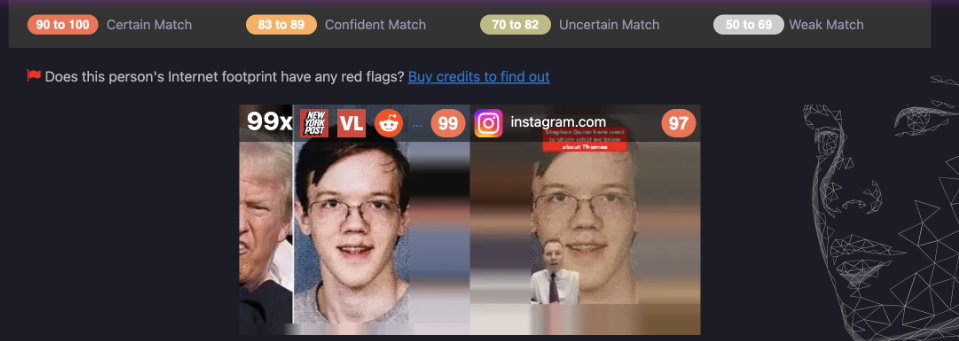
FaceCheck.id, available at https://facecheck.id/, is a sophisticated platform designed to extract faces from images and find similar faces across the internet. This tool leverages advanced facial recognition technology to help users identify and compare facial features, making it a valuable resource for various applications, including identity verification, security, and research.
When using FaceCheck.id, users can upload an image containing faces, and the platform will extract the facial features for analysis. The tool then searches its extensive database and online sources to find similar faces or instances where the same individual might appear elsewhere. This process involves analyzing the unique biometric patterns of the extracted faces and matching them to other images, even if those images have different backgrounds or lighting conditions.
FaceCheck.id is particularly useful for detecting duplicates of a person’s face across social media, news articles, or other public databases. It helps in tracing digital footprints, verifying identities, and uncovering instances of unauthorized use of images. By providing accurate and comprehensive facial similarity searches, FaceCheck.id supports users in managing and protecting their online presence effectively.
lenso.ai
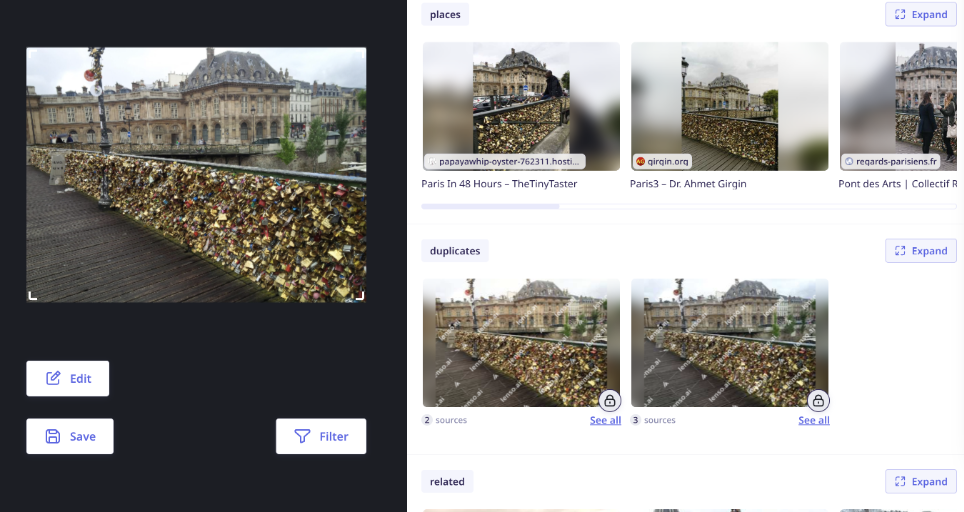
Lenso.ai, accessible at https://lenso.ai/, is an advanced platform designed for analyzing images to identify similar locations and related visual content. Utilizing cutting-edge machine learning algorithms and image recognition technology, Lenso.ai helps users find images that are visually similar to the ones they upload, making it a valuable tool for location-based investigations and visual research.
When a user uploads an image to Lenso.ai, the platform processes the visual data to identify key elements such as landmarks, architectural features, natural landscapes, and other contextual clues. It then compares these features against a vast database of geotagged images and map data to find visually similar locations. This allows users to explore related images from comparable locations or discover instances of similar scenes across different regions.
Lenso.ai is particularly useful for researchers, journalists, and travelers who need to explore or verify the geographic context of an image. Whether trying to pinpoint a specific location, uncovering related visual content, or seeking additional information about a particular area, Lenso.ai provides insightful results by leveraging its extensive image recognition capabilities.
faceagle
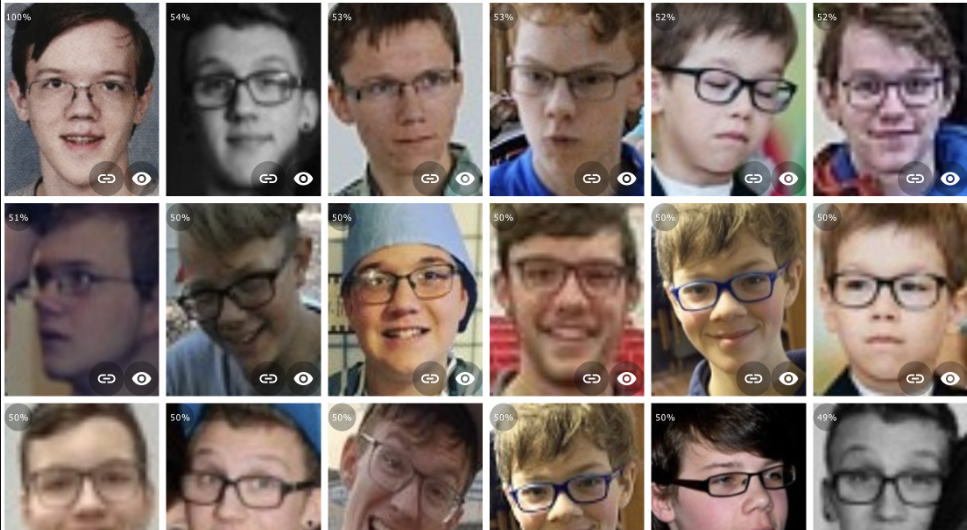
Faceagle.com, accessible at https://faceagle.com/, is an advanced facial recognition tool designed to identify and find similar faces related to a given image. The platform employs sophisticated algorithms to analyze facial features and match them across various online sources and databases.
When a user uploads a photo to Faceagle.com, the tool extracts and analyzes the facial features within the image, including unique biometric markers such as the distance between eyes, nose shape, and overall face geometry. Using this data, Faceagle.com searches its extensive repository and online resources to find other images with similar facial characteristics. The results can help users identify individuals, track the appearance of a face across different contexts, or discover other instances where the same person might be featured.
Faceagle.com is particularly useful for applications in security, investigative work, and personal research. It aids in verifying identities, locating individuals across social media or news outlets, and uncovering additional information related to the appearance of a specific face. By providing accurate facial similarity searches, Faceagle.com supports users in managing and understanding facial data in a wide range of scenarios.
immerse.zone
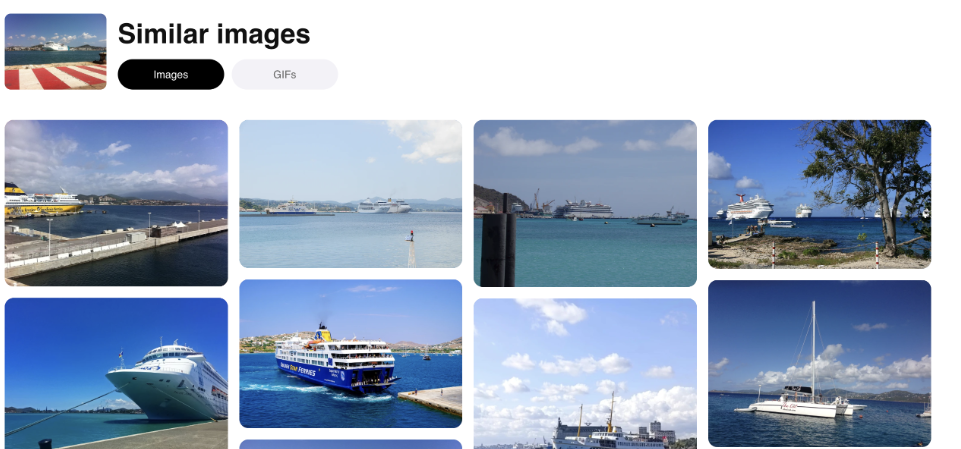
Immerse.zone, available at https://immerse.zone/, is a powerful tool designed to find and analyze images based on their location and visual context. Leveraging advanced image recognition and geospatial analysis, Immerse.zone helps users identify similar locations and related visual content by comparing various elements within an image.
When a user uploads an image to Immerse.zone, the platform processes the visual information to detect key features such as landmarks, buildings, natural landscapes, and other geographical indicators. It then searches through its extensive database of geotagged images and geographical data to find images with similar visual characteristics or locations. This functionality is particularly useful for identifying the setting of a photograph, discovering related images from comparable locations, or exploring visual similarities across different areas.
Immerse.zone is ideal for researchers, travelers, and investigators who need to gain insights into the geographic context of an image. Whether verifying the location of a photo, uncovering additional visual content related to a specific area, or exploring similar scenes, Immerse.zone offers a valuable tool for detailed location-based analysis and discovery.
search4faces
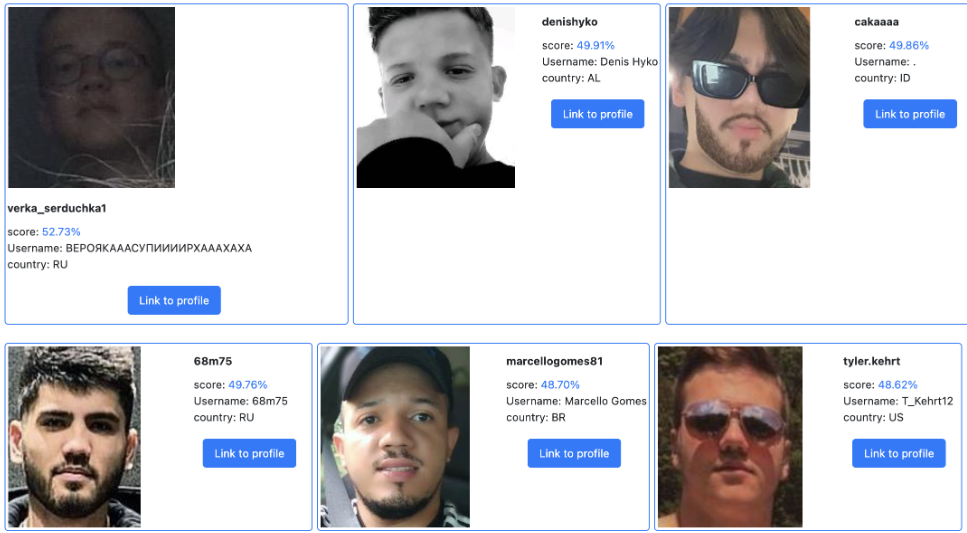
Search4Faces.com, accessible at https://search4faces.com/, is an advanced facial recognition tool designed to identify and find similar faces related to a given image. The platform utilizes cutting-edge facial recognition technology to analyze and compare facial features, enabling users to locate visually similar faces across various online sources.
When a user uploads a photo to Search4Faces.com, the tool processes the facial features, including key biometric markers like the distances between facial landmarks, the shape of facial contours, and other unique characteristics. By leveraging its extensive facial recognition database, Search4Faces.com searches for images with similar facial attributes, providing users with potential matches where the same or similar faces appear.
This capability is particularly useful for applications such as identifying individuals, verifying identities, and tracking appearances across social media, news platforms, or other digital spaces. Whether for personal research, security purposes, or investigative work, Search4Faces.com offers a powerful solution for discovering and analyzing similar faces, helping users gain valuable insights into the presence and context of specific individuals.
stylesuxx steganography
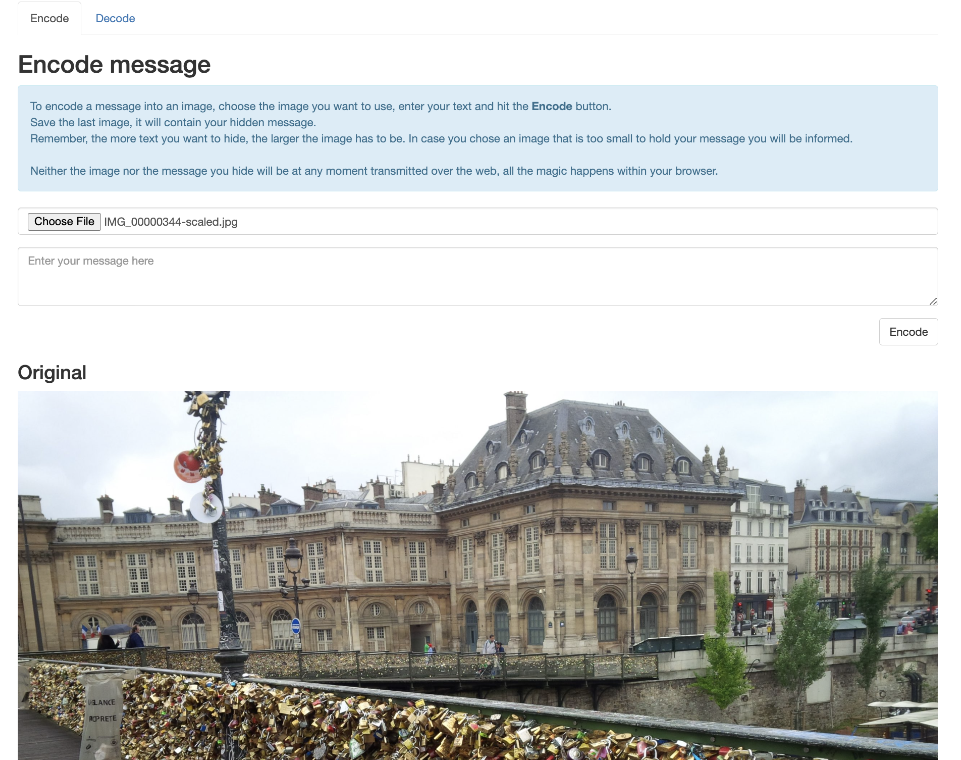
The Steganography tool available at https://stylesuxx.github.io/steganography/ provides a straightforward and effective way to encode and decode text or other information within images. Steganography is the practice of hiding information in a way that is not immediately noticeable, and this tool offers users a simple interface for embedding and extracting hidden messages in image files.
When encoding information, users can upload an image to the Steganography tool and input the text or data they wish to hide. The tool then processes the image, embedding the information within the image’s pixel data using various steganographic techniques. This allows users to conceal messages, files, or other types of information in the image without visibly altering its appearance. The encoded image can be shared or stored, with the hidden data remaining undetectable to the casual observer.
To decode or retrieve the hidden information, users upload the stego-image (the image with hidden data) back to the Steganography tool. The tool then analyzes the image and extracts the embedded text or data, revealing the hidden content. This process involves reverse-engineering the pixel modifications to recover the original message. The Steganography tool is useful for secure communication, digital watermarking, and other applications where discreet data embedding is required. Its user-friendly interface and effective encoding/decoding capabilities make it accessible for both casual and more advanced users.
aperisolve
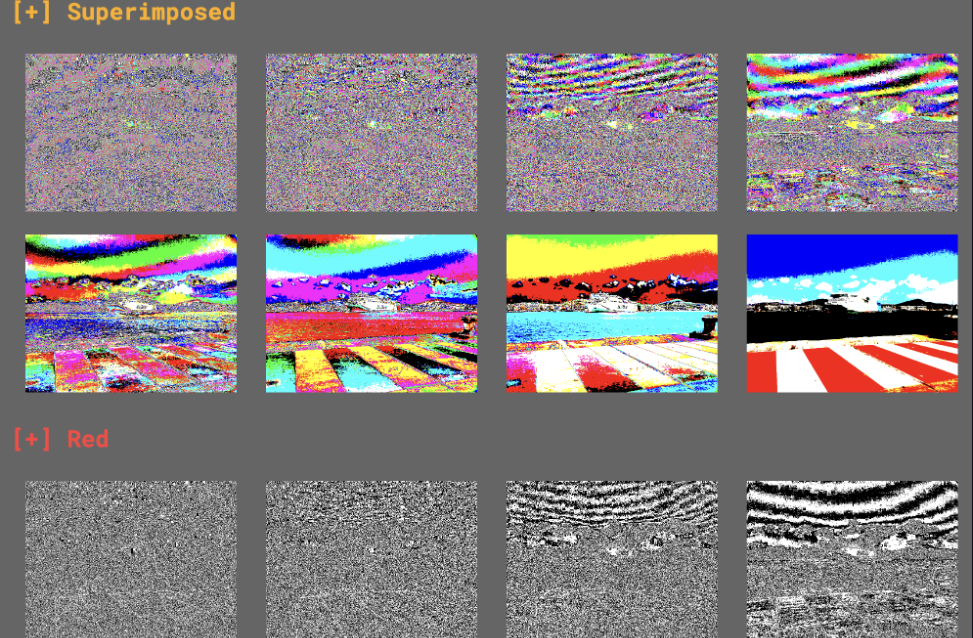
Aperi'Solve, accessible at https://www.aperisolve.com/, is a comprehensive online platform designed for in-depth image analysis, particularly focused on uncovering hidden information through steganography. The platform excels in performing layer analysis on images, allowing users to investigate and reveal concealed data embedded within various image formats.
Aperi'Solve integrates several powerful tools to enhance its steganography analysis capabilities. It incorporates zsteg, which is used for detecting hidden data in PNG files; steghide, which supports extraction from various file formats; outguess, which uncovers data hidden through statistical methods; exiftool, which provides detailed metadata analysis; binwalk, which examines binary files for embedded content; foremost, a tool for file carving and data recovery; and strings, which identifies readable text in binary files. By combining these tools, Aperi'Solve offers a robust solution for detecting and analyzing hidden data across a range of image formats including .png, .jpg, .gif, .bmp, .jpeg, .jfif, .jpe, and .tiff.
Users of Aperi'Solve can upload images in these formats to the platform, which then applies layer analysis and various steganographic detection methods to uncover any hidden content. This is particularly useful for digital forensics, security analysis, and any scenario where understanding the integrity and hidden elements of an image is crucial. Aperi'Solve’s integration of multiple analysis tools makes it a versatile and effective resource for those working with steganography and digital data recovery.
ShadowFinder
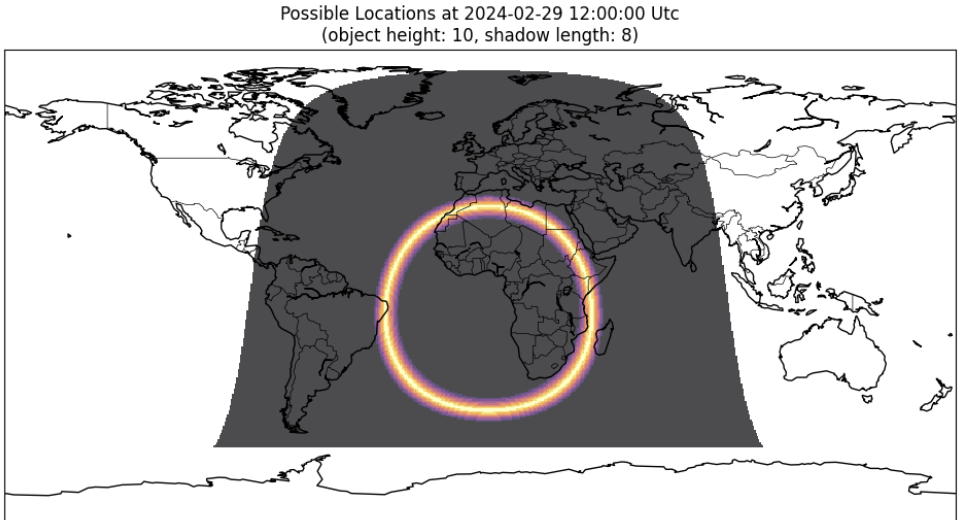
ShadowFinder, available at https://github.com/bellingcat/ShadowFinder?tab=readme-ov-file, is a specialized tool designed to extract and analyze shadow information from images. This tool is particularly useful in digital forensics, security investigations, and geospatial analysis, where shadows can provide critical clues about the origin and authenticity of images.
ShadowFinder operates by detecting and analyzing shadows within images to gather information about the light source and environmental conditions. The tool utilizes advanced algorithms to identify shadows and their characteristics, such as shape, length, and orientation. By examining these attributes, ShadowFinder can infer details about the time of day, the position of the light source, and the geometry of the scene where the image was captured.
The key functionalities of ShadowFinder include:
Shadow Detection: The tool processes the image to identify regions that are likely to be shadows based on pixel intensity and color variations.
Shadow Analysis: It assesses the properties of detected shadows to estimate factors such as light direction and object positioning.
Contextual Information: ShadowFinder can provide insights into the spatial arrangement of objects and the lighting conditions at the time the photo was taken.
kili-technology
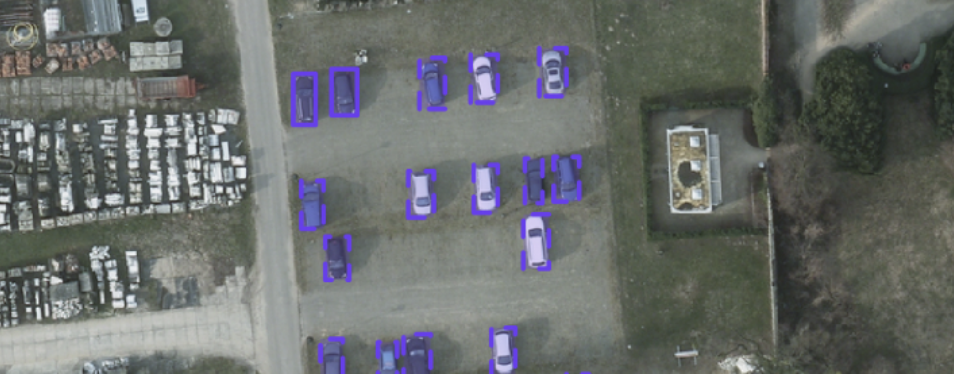
The Satellite Car Detection Demo, accessible at https://cloud.kili-technology.com/label/projects/demo-project, is a powerful tool designed to identify and annotate cars within satellite images using bounding boxes. This demo showcases the application of advanced computer vision techniques for object detection in high-resolution satellite imagery, providing valuable insights for various industries including urban planning, traffic management, and autonomous vehicle development.
Key Features of the Satellite Car Detection Demo:
Bounding Box Annotation: Users can draw bounding boxes around detected cars in satellite images. This technique helps in precisely marking the location and dimensions of each vehicle, facilitating accurate data collection and analysis.
Interactive Interface: The demo provides an intuitive interface for annotating images. Users can easily navigate through satellite images, place bounding boxes, and review annotations, enhancing the efficiency of the labeling process.
Real-Time Detection: The underlying technology uses sophisticated algorithms to detect cars in satellite imagery. This real-time capability ensures that users can quickly identify and annotate vehicles, even in large datasets.
Applications:
Urban Planning: By analyzing annotated satellite images, planners can assess traffic patterns, parking availability, and infrastructure needs in urban areas.
Traffic Management: Accurate car detection helps in monitoring traffic flow, managing congestion, and planning road improvements.
Autonomous Vehicles: Training and validating autonomous vehicle systems benefit from annotated satellite images, improving object recognition and navigation capabilities.
earthkit
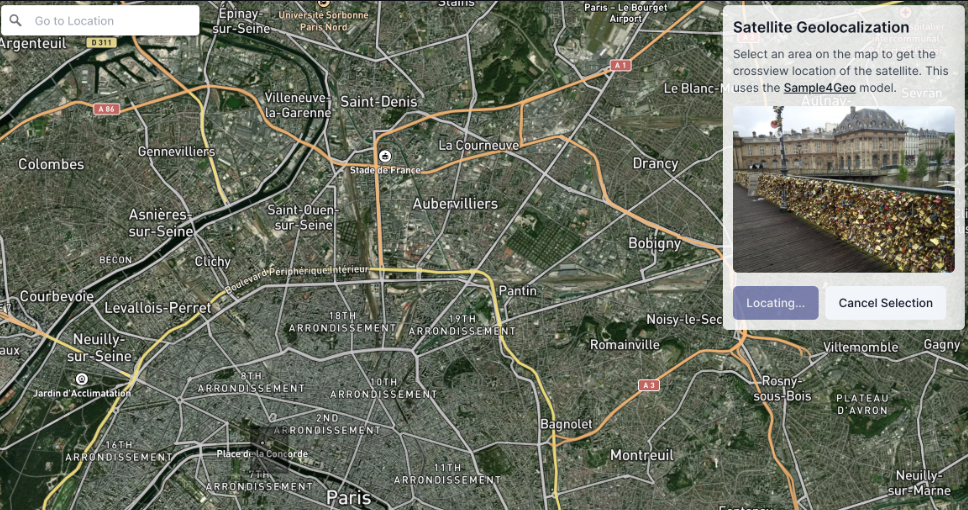
EarthKit, available at https://earthkit.app/satellite, is a sophisticated tool designed to find and analyze similar satellite images. This platform utilizes advanced image recognition technology to compare and identify similarities between various satellite images, enabling users to gain insights into geographical changes, track environmental conditions, and monitor urban development.
Key Features of EarthKit:
Image Similarity Search: EarthKit allows users to upload or select a satellite image and then searches for similar images in its extensive database. The tool compares visual features such as terrain patterns, land use, and infrastructure to identify images with comparable attributes.
Geospatial Analysis: The platform provides detailed insights into geographical areas by comparing satellite images over time. This can help in tracking changes in land use, deforestation, urban expansion, and other environmental factors.
Interactive Interface: EarthKit offers an intuitive interface where users can easily navigate through satellite imagery, perform similarity searches, and analyze the results. This ease of use facilitates efficient comparison and exploration of large datasets.
Applications:
Environmental Monitoring: By identifying similar images, users can track environmental changes, assess the impact of natural disasters, and monitor conservation efforts.
Urban Planning and Development: EarthKit helps urban planners and developers analyze changes in infrastructure and land use over time, aiding in the planning and management of urban growth.
Research and Analysis: Researchers can utilize the tool to study geographical patterns, compare historical and current images, and conduct spatial analysis for various scientific studies.
Subscribe to my newsletter
Read articles from Reza Rashidi directly inside your inbox. Subscribe to the newsletter, and don't miss out.
Written by
